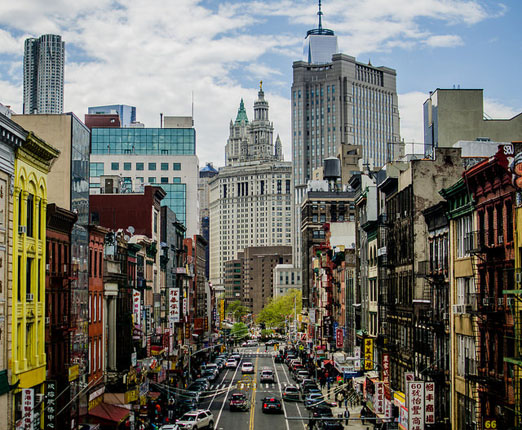Chinatown, often vibrant and bustling with life, is a popular destination in many cities worldwide, offering a rich cultural experience, delicious cuisine, and unique shopping opportunities. However, concerns about safety can arise in any urban area, and Chinatown is no exception. In this article, we will explore the safety of Chinatown, examining various factors such as crime rates, community initiatives, and general perceptions of safety.
Understanding Crime Rates
When assessing the safety of Chinatown, it is essential to consider the overall crime rates in the surrounding city. Many Chinatowns are located in urban areas where crime rates may be higher than in suburban or rural settings. However, data shows that Chinatowns often have lower crime rates compared to their surrounding neighborhoods. For example, in cities like San Francisco and New York, crime statistics indicate that areas with a high concentration of residents and businesses tend to be more closely monitored, leading to a more secure environment.
Additionally, local law enforcement often pays special attention to Chinatowns due to their cultural significance and economic importance. Community policing initiatives and increased patrols during peak hours help maintain a safe atmosphere for residents and visitors alike.
Community Initiatives and Engagement
Chinatown communities are known for their strong sense of identity and cohesion. Community organizations often work collaboratively with local authorities to address safety concerns and promote a secure environment. Initiatives such as neighborhood watch programs, community events, and safety workshops contribute to a culture of vigilance and support among residents.
Moreover, local businesses play a significant role in enhancing safety. Many establishments have implemented measures such as improved lighting, security cameras, and trained staff to ensure the well-being of customers. This proactive approach not only deters potential criminal activity but also fosters a sense of security for patrons.
The Role of Culture and Community
Cultural events and festivals held in Chinatown can also impact perceptions of safety. These events, which often attract large crowds, are generally well-organized and policed, contributing to a festive yet secure atmosphere. The presence of a diverse group of people, including families, tourists, and locals, can help create a sense of safety in numbers.
While concerns about petty crime, such as pickpocketing or scams, can arise, these issues are not unique to Chinatown. Visitors are encouraged to stay aware of their surroundings, keep valuables secure, and avoid displaying expensive items. By exercising common sense and caution, individuals can significantly reduce their risk of encountering problems.
General Perceptions of Safety
Perceptions of safety can vary widely among individuals based on personal experiences and backgrounds. Some people may feel completely at ease in Chinatown, while others may feel anxious due to prior experiences in urban environments. It’s essential to recognize that personal comfort levels are subjective and can be influenced by factors such as familiarity with the area, cultural background, and previous encounters with crime.
Conclusion
In conclusion, while concerns about safety in Chinatown are valid, the overall environment is typically secure for residents and visitors alike. With lower crime rates compared to surrounding areas, active community engagement, and the presence of law enforcement, Chinatowns often provide a welcoming and safe atmosphere. By staying vigilant and practicing common safety precautions, individuals can enjoy the rich cultural experience that these neighborhoods offer without undue fear. Ultimately, fostering a sense of community and belonging contributes to the safety and vibrancy of Chinatown, making it a unique and cherished part of the urban landscape.

